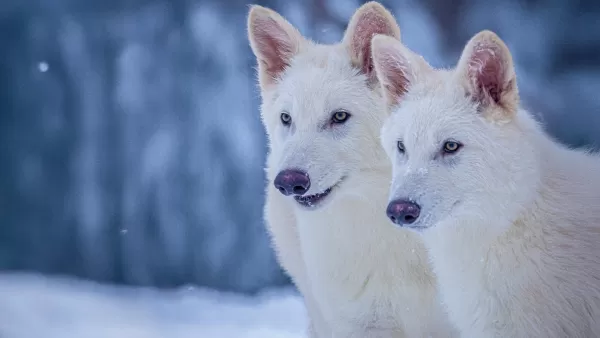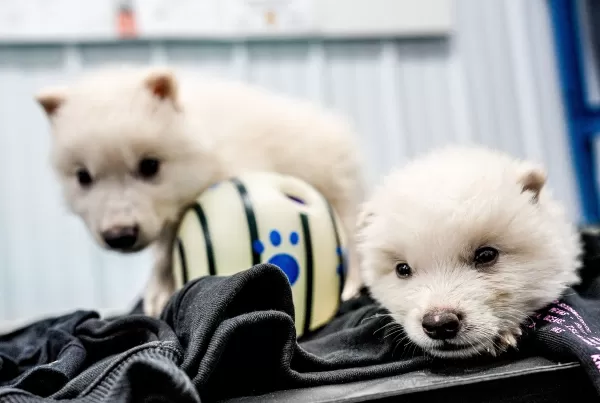
Imagine bringing back an ice age predator - not for a Hollywood horror flick, but as real, breathing creatures. That's exactly what's happened, with three genetically resurrected dire wolves now roaming a secure sanctuary somewhere in America's heartland.
The scientific dream team at Colossal Biosciences made this possible by blending ancient DNA sequencing with cutting-edge CRISPR technology. Using genetic material from 13,000-year-old fossils combined with modern gray wolf DNA, they've created Romulus, Remus, and little Khaleesi - living tributes to the legendary beasts that once hunted alongside saber-toothed cats.
"This breakthrough represents more than just scientific achievement - it's the dawn of a conservation revolution," said Colossal CEO Ben Lamm, visibly excited about the implications. "When we extracted viable DNA from specimens older than human civilization itself, we knew we held the keys to rewriting extinction."

The project builds on Colossal's previous work with mammoth genetics, where they successfully recreated woolly mammoth traits in modern mice. While critics argue these wolves are more "Wolf Plus" than true prehistorical clones, the scientific community recognizes the achievement's significance beyond cosmetic results.
Dr. Christopher Mason, a leading geneticist advising the project, explains the broader implications: "The techniques we've developed could become lifelines for dozens of critically endangered species. This work proves we can rewrite extinction - not just for show, but as legitimate conservation tools."
The wolves reside in a USDA-approved sanctuary spanning over 2,000 acres, with round-the-clock care from animal behavior specialists. Colossal emphasizes their commitment goes beyond creating Instagram-worthy animals - they're building genetic toolkits that could help preserve biodiversity in our rapidly changing world.















